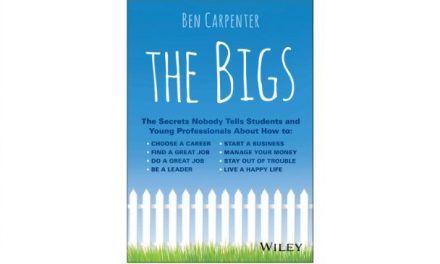Author: Jim Signorelli
Publisher: Greenleaf Book Group Press. 228 pages
Book Review by Sonu Chandiram
Have you ever noticed that when you start to read a narrative, you want to keep on reading till you know the ending and outcome of the conflict or the interaction between people or between a person and an animal or between a person and nature?
But if you are reading a non-narrative piece of text, such as on ideas or events, you are not as interested to read further, or keep the book down and continue reading later?
This is the force that story-telling has over us. And this is the very force that advertisers utilize in capturing our attention and holding on to it to get their messages across to us.
Jim Signorelli discovered that in order to be different from other ad agency people, he had to find something that made clients perceive him and his advertising creativity in a new, unique way.
He discovered that difference one day going about his activities in the typical life of an ad man, in the power of story-telling. He says: “stories have been and still are, one of the most persuasive tools in the arsenal of human communications….stories clothe truths by not getting in the way of truth. They get around our natural; to being sold to, by not pushing beliefs.”
In other words, story-telling helps us make a point by giving a real-life example. The audience responds more favorably to the message of the story when story-teller is relaying a third-party experience, rather than listening to a shopping list of features and benefits of the product or service being talked about.
“StoryBranding is a process designed to help brands know themselves the ways stories help us know characters,” Jim writes.
Jim cites an example of an advertising proposal he was going to deliver to a banking client that turned out to be ingenious. It was written from the point of view of banking customer who was angered and frustrated with how much time and effort it took him to get simple banking transactions done.
It went like this, a banking customer sending a message to his bank: “Make banking simpler. Stay open late once in a while, or, at the very least, don’t close at the same time I leave work. Don’t charge me for using your ATM. After all you never used to charge me for using a teller. Send me statements I can read without having an MBA in finance. Don’t take up my time keeping me on hold and forcing me to listen to one of your commercials.
Don’t you wish you could tell that to your phone company and they would listen and make the changes to make your experience with them pleasant? Instead you keep hearing: “this call may be recorded for quality-assurance purposes.” But the quality keeps remaining lousy.
The book details what storybranding is, the structure and components of an effective story, how to bring it to life and the unique value proposition or USP the story relates to buyers of the product or idea being advertised.
It is a well thought-out book and creatively different from others works on advertising. Our kudos to Jim Signorelli for a piece of work that will surely benefit ad people and advertisers make their messages come to life and more effective.






